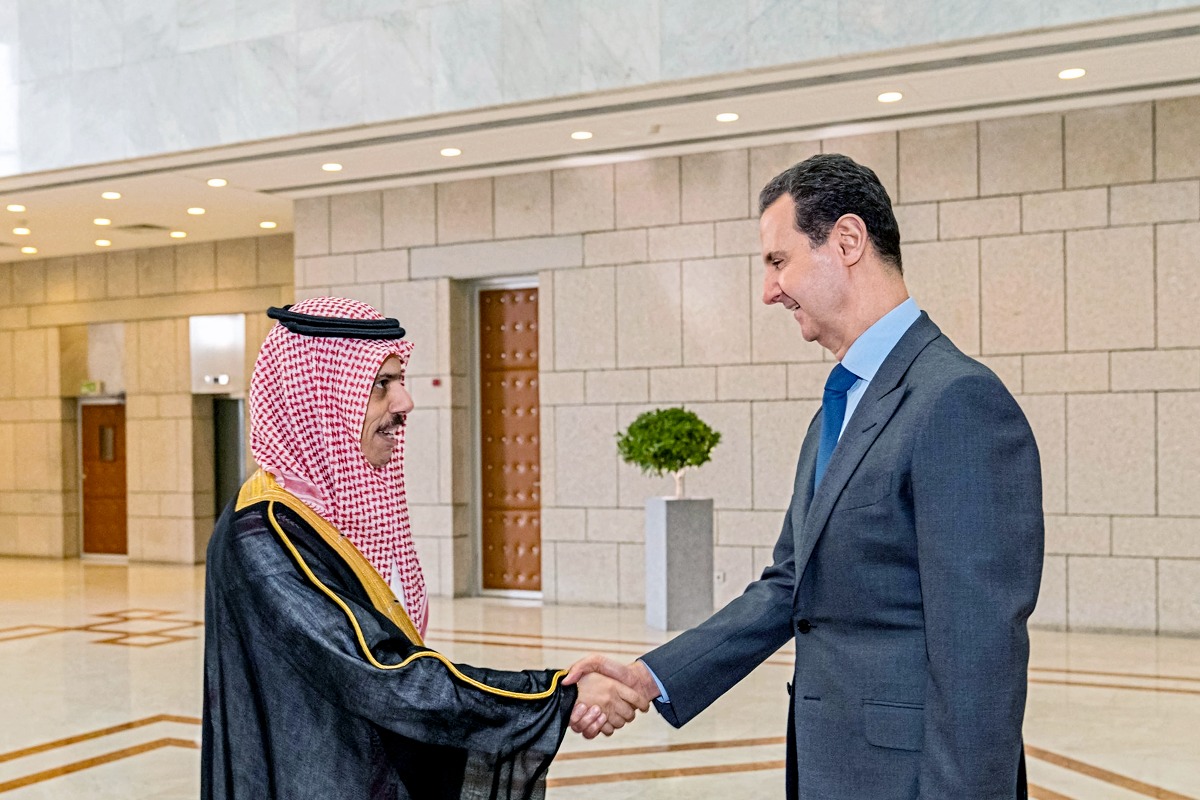In the resolution, the Arab League also decided to establish a ministerial liaison committee, which will include Saudi Arabia, Lebanon, Jordan, Iraq, and the Secretary General of the Arab League, and whose main task will be to monitor developments and oversee the implementation of the Amman agreement.

